News
第1回 定例研究会“State, Justice, and Social Control in Early Modern Mongolia and Asia”(額定其労 准教授)が開催されました
報告

2016年10月に新世代アジア研究部門に着任した額定其労准教授は、清代モンゴルの裁判記録が多く残っている実情に着目し、3つの「旗」(清代モンゴルの末端の行政組織)における当時の裁判の実態を徹底的に調査し、モンゴル法制史に関する研究を行ってきた。本報告では、清代モンゴル司法(裁判)の概要と特徴を説明するとともに、それを素材に法と植民地政策との関係を検証し、さらに、これからは前近代東アジアの裁判記録も研究素材に加えながら比較アジア法制史研究を試みるという今後の研究計画について紹介した。
額定其労准教授によると、清王朝がモンゴルを統治するにあたって、モンゴル人専用法として制定した蒙古例や中国刑法典の『大清律例』の諸法律を導入したが、実践においては、むしろモンゴル独自の司法の在り方が大きな発展を遂げた。また、第一審の裁判は末端の役所である「旗」で行われていたと認識されてきたが、実際のところ、軽微な案件はまず田舎で解決が試みられる傾向にあったのであり、その結果、「旗」によっては「旗」役所で行われた裁判が事実上の第二審、第三審ないし第四審になることさえあった。
そして、前近代モンゴルの裁判の特徴として、能力依存主義(裁判を担う者が当該案件を処理できれば案件がその場その時点で終結されるが、逆の場合は自ら上司へ移送するというやり方)、合議体による(ある意味民主的な)裁判行政プロセス、権威的な統治者(殿様)による最終判決決定権(特に清朝以降)の3つが挙げられる。これらの特徴により、モンゴルの裁判は柔軟性に富む効率的なシステムとして機能した。
また、植民地主義の文脈からモンゴルの事例を見てみると、裁判におけるモンゴルと清朝の関係は一元的ではなく、清朝の国家法に平然と従って事件を処理する場合もあれば、国家法を都合よく利用したり或いは回避して内密に事件を処理したりする場合もあった。そして、モンゴル法が清朝の国家法によって取って代わられなかったのは、根本的には清朝の国家法が導入される前に、すでにそれに対抗できるような体系的な法秩序がモンゴルで形成されていたことの影響が大きいと考えられる。
報告後、会場からは、清代モンゴルの裁判記録が多く残されている理由、封建制と官僚(郡県)制の優劣、伝統モンゴルにおける「裁判」の定義に関して等、多くの質問があがった。15名を超える参加者による活発な議論が交わされた。
当日の様子
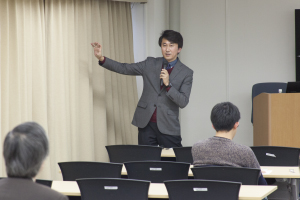 | 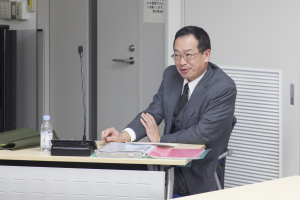 |
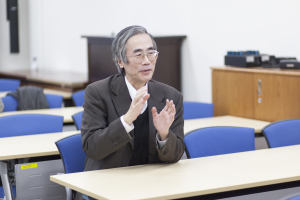 | 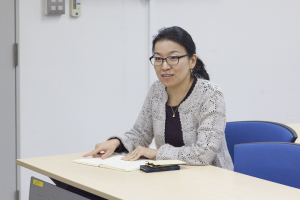 |
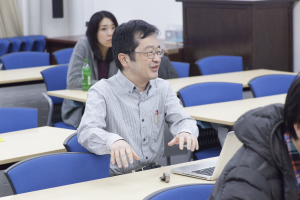 |  |
開催情報
日時 / Date: 2016年12月15日(木)14:00-16:00 / Thursday, 15th December 2016 - 2:00pm to 4:00pm
会場 / Venue: 東京大学 東洋文化研究所 3階 大会議室 / Conference room 303 (3rd floor), Institute for Advanced Studies on Asia, The University of Tokyo
題目 / Title: “State, Justice, and Social Control in Early Modern Mongolia and Asia”.
発表者 / Speaker: 額定其労(東洋文化研究所・准教授)/ Khohchahar E. Chuluu (Associate Professor, IASA)
司会 / Chairperson: 髙見澤 磨 (東洋文化研究所・教授)/ TAKAMIZAWA Osamu (Professor, IASA)
使用言語 / Language: Japanese with English PPT (QA: Japanese or/and English)
概要 / Abstract:
The most critical factors for the durability of states might be external sovereignty and internal stability. In terms of the latter factor, the mechanisms the state employs to govern society are seemingly diverse and complex. Nonetheless, there can be fundamental questions that emerge when evaluating (or thinking about) statehood: Is this a “good” state? If so, to whom? And more significantly, with what measure do we gauge it? The proposition of this study is that the way in which a state delivers its “justice” into people is a touchstone for how its structure operates to control society and to accomplish social justice. This presentation aims at introducing current and future research projects that explore the applications of this hypothesis to early modern Asian states. It first examines the judicial system of Mongolia during the Qing dynasty (1644‒1912) in detail, and second, draws comparison with other contemporary Asian countries, including Japan, China, and Korea. In spite of a challenge focusing on early modern judicial cases, this project presents broad implications for the modern issues of constitutionalism, social justice, as well as welfare states.
担当:額定其労 / Khohchahar E. Chuluu
登録種別:研究活動記録
登録日時:Thu Jan 19 11:33:53 2017
登録者 :額定其労・徐行・野久保(撮影)・山下・藤
掲載期間:20161215 - 20170315
当日期間:20161215 - 20161215

